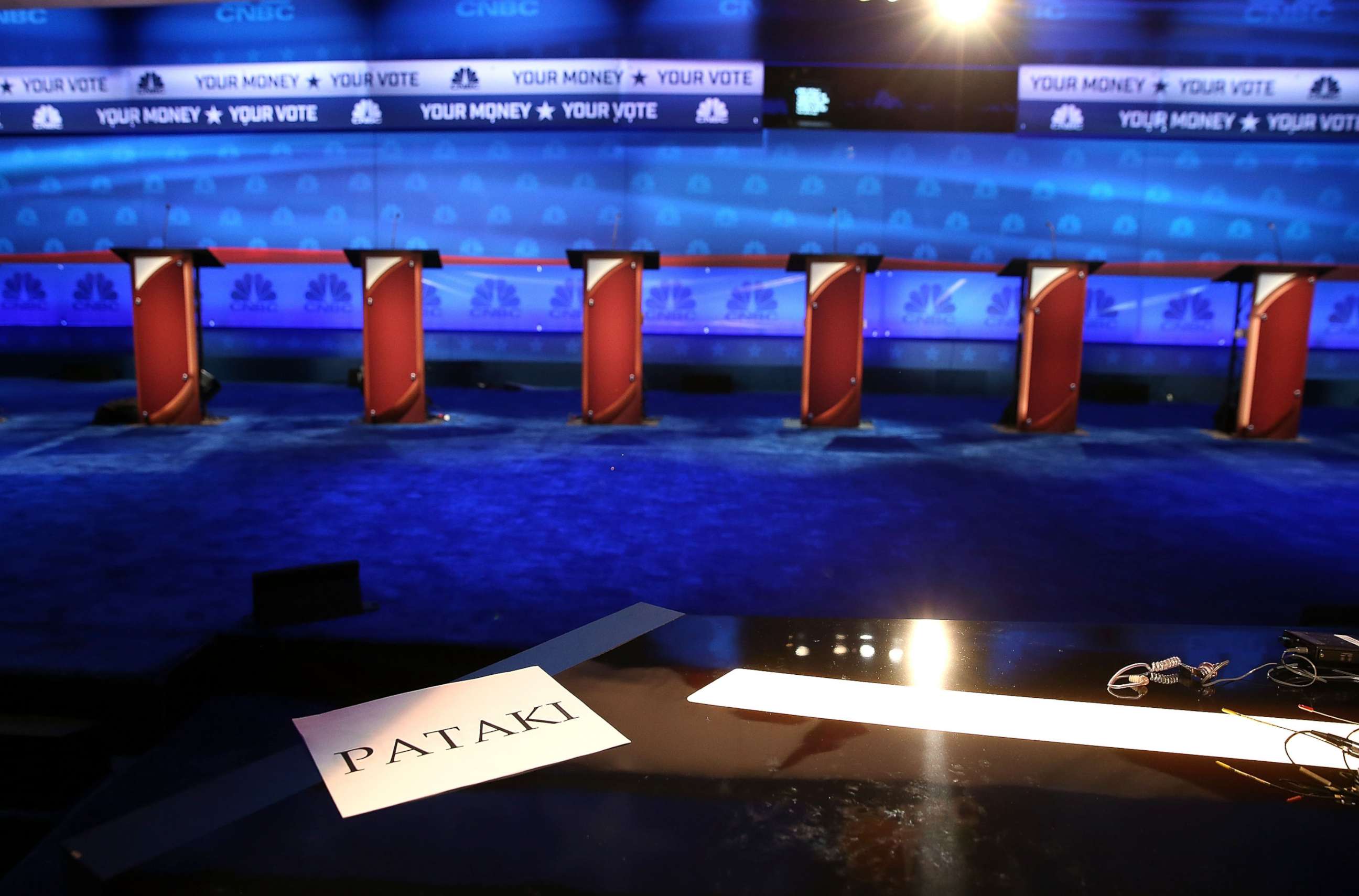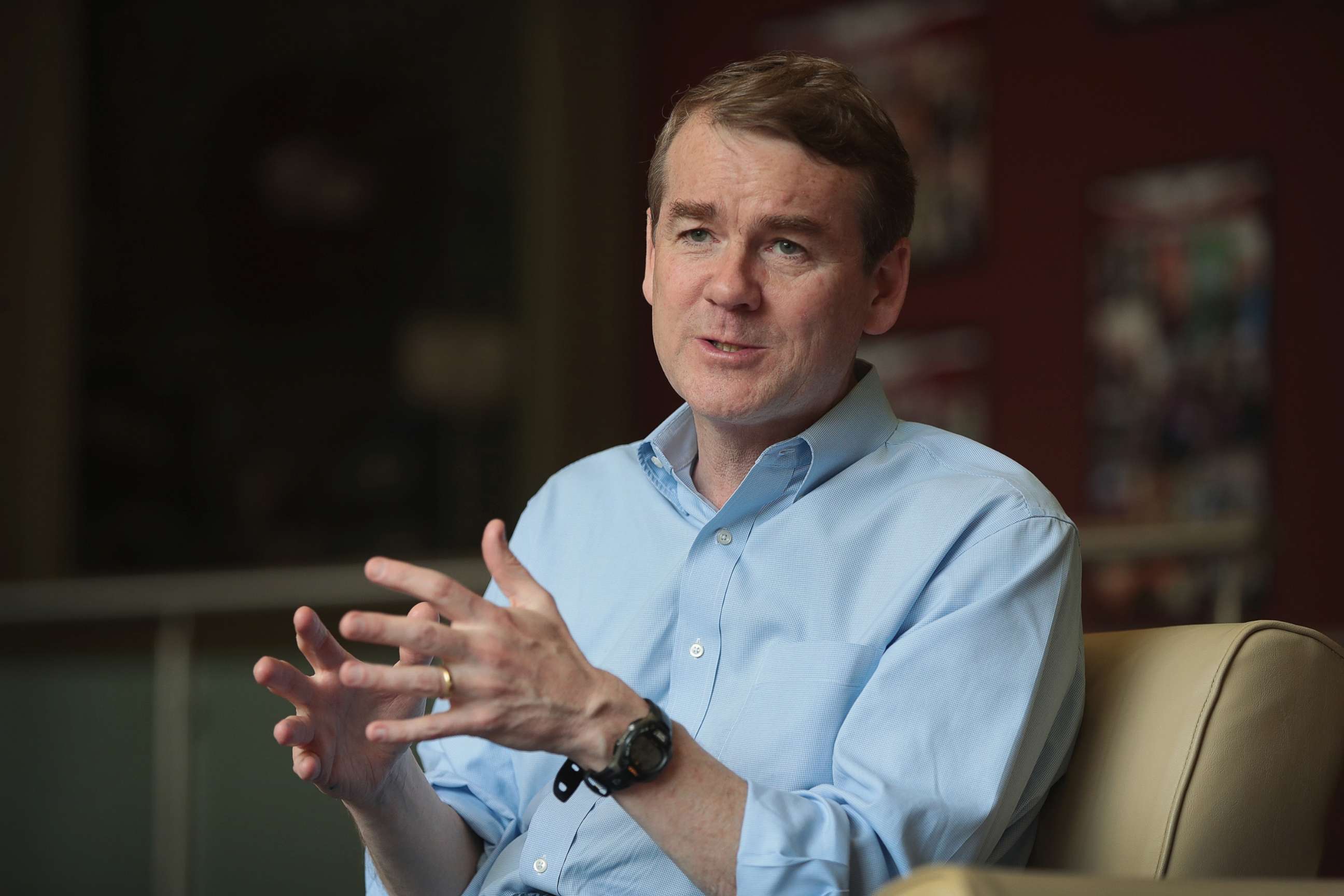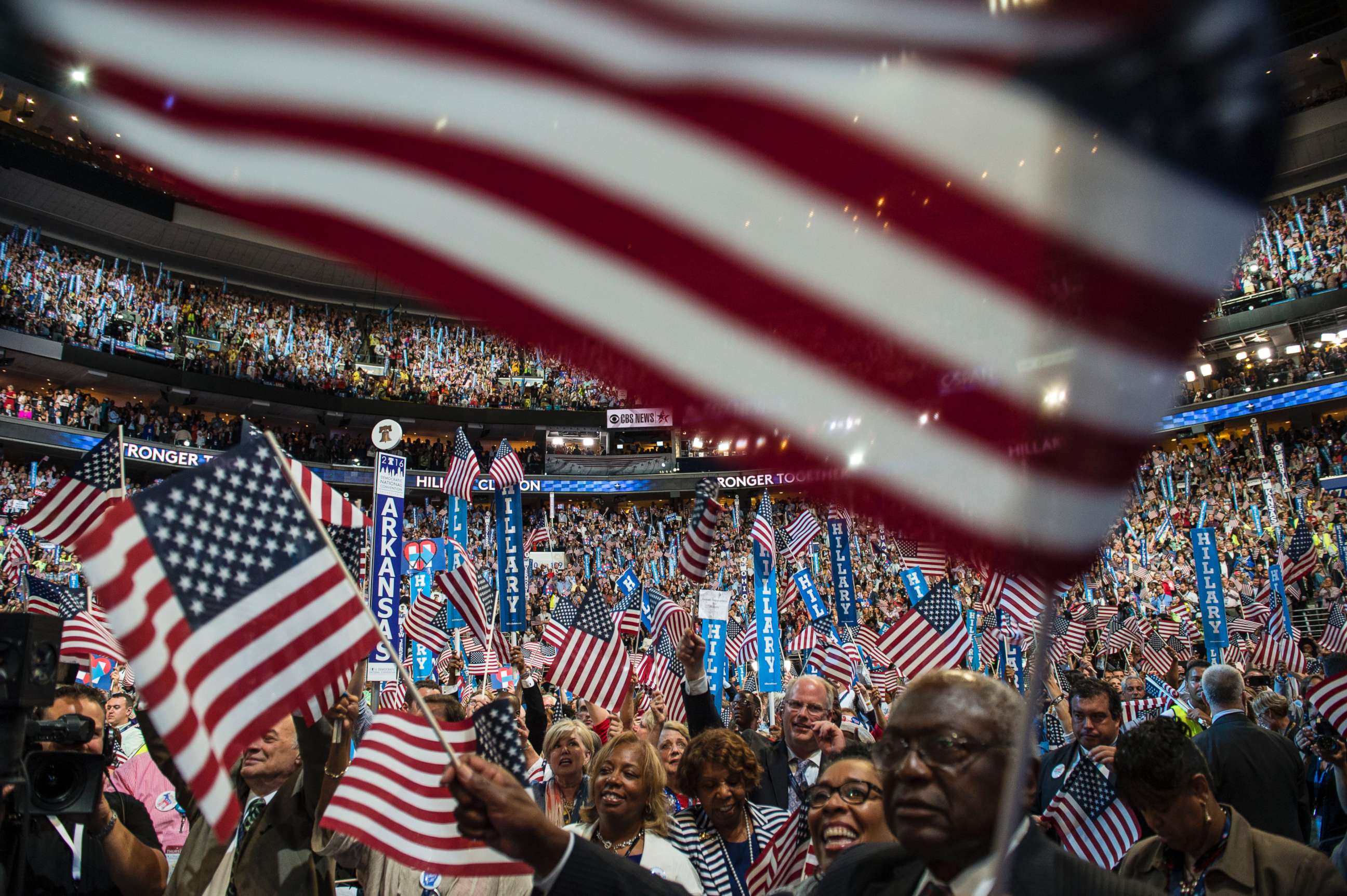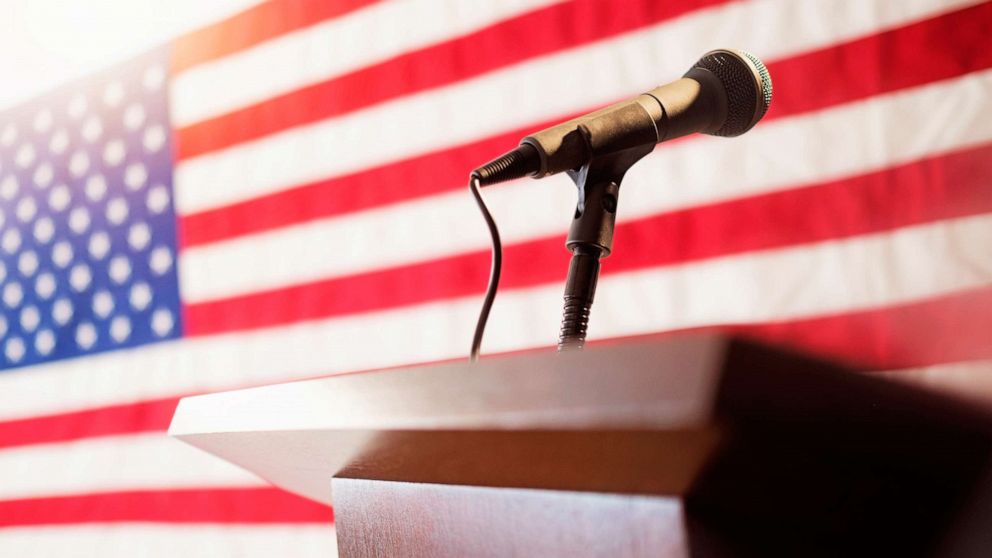Here's how the first 2020 Democratic presidential debates work
For the Democrats running in the 2020 presidential contest, who often bump elbows on the campaign trail as they try to stand out among the core constituencies of the party, landing on the first debate stages of the cycle is crucial to breaking out from the pack before millions of voters.
The first televised debates, which span two consecutive nights to make room for the large field, are only three weeks away, and Democratic National Committee announced the 20 qualifying candidates who captured those coveted podiums.
Here is everything you need to know about the first debate:

When are the first DNC debates?
The first of the party's 2020 presidential primary debates will take place over two nights, on June 26 and 27 at 9 p.m. ET in Miami, Florida at the Adrienne Arsht Center for the Performing Arts. The June debate will be hosted by NBC, MSNBC and Telemundo, and the July debate by CNN in Detroit.
Twenty candidates total will participate (10 on each night), with the lineups for each night chosen at random.
What are the rules for the first Democratic debates?
NBC announced Tuesday that the first debates will be split into five segments each night (with four commercial breaks over the two hours). Throughout each segment, candidates will have 60 seconds to answer questions and 30 seconds to respond to follow ups, according to NBC. Although the candidates will not have an opportunity for opening statements, they will have a chance to deliver closing remarks.
How do candidates qualify for the first debates?
The Democratic National Committee announced in February the thresholds required to gain entrance into the party's first two presidential debates, setting benchmarks for polling and grassroots fundraising that represent the first tangible effort to pare down an already crowded field of candidates. The third Democratic primary debate will be hosted by ABC News in partnership with Univision and is scheduled for Sept. 12 and 13.
In order to qualify for the debates in June and July, candidates must earn at least 1% support in three separate national or early-state polls conducted from Jan. 1 to two weeks before the given debate, or receive donations from at least 65,000 people across 20 different states, with a minimum of 200 unique donors per state.
The number of debate participants has been capped at 20 by the DNC.
"We’ve spent months working with media partners to provide this unprecedented opportunity for candidates and voters to get to know each other," DNC chair Tom Perez said at the time of the announcement in a statement. "Because campaigns are won on the strength of their grassroots, we also updated the threshold, giving all types of candidates the opportunity to reach the debate stage and giving small-dollar donors a bigger voice in the primary than ever before.”
The change, which follows past cycles in which both major political parties used polling alone to determine debaters, comes as Perez continues to smooth relations between the committee and liberal party factions that argue Sen. Bernie Sanders, I-Vt., was unfairly disadvantaged during the 2016 primaries. The chairman previously stated that he wanted to ensure that every candidate is given a "fair shake" during the nomination process.
How many candidates are qualified for the first debates?
There are 20 candidates who qualified for the first debate under the new criteria. Last week, Sen. Michael Bennet was the 20th candidate to earn a spot on the debate stage, after securing 1% in three qualifying polls.

Among the 20 Democratic contenders who have qualified, 14 have cleared both the polling and grassroots criteria set by the DNC, virtually securing their spot on the stage for the first debate, including:
Bennet joined five other contenders who qualified for the debates through only the polling threshold:
Initially, ABC News included Bullock among the candidates who made the debate stage, after securing 1% in three polls, but the DNC publicly announced Thursday that two ABC News/Washington Post polls, one of which qualified Bullock for the first debates, would no longer be eligible polls. The ABC News/Washington Post polls were unique from the other qualifying polls because they used an open-ended format for a question about the Democratic primary, while other polls read off a list of the candidates.
The DNC debate rules, which were first announced in February, included ABC News and The Washington Post in a list of qualifying poll sponsors. The first ABC News/Washington Post poll of the Democratic field was released in January. The rule change was first reported by Politico.
How will the DNC winnow down the field if more than 20 candidates qualify?
The DNC selected the top 20 candidates for the debate stages under the following methodology: candidates who meet the polling and grassroots fundraising threshold will be the first to qualify; if less than 20 candidates hit both criteria, then candidates that meet only the polling threshold will qualify, ranked by highest polling average; and if there are still spots left, then candidates that met only the grassroots fundraising will qualify, ranked by total number of unique grassroots donors.
The DNC has outlined tiebreaker rules in the event that more than 20 candidates qualify based on their criteria, first reported by Politico. If more than 20 candidates qualify for the debate stage, candidates will qualify for the final spots on stage based off of a polling average calculated by the DNC.
A candidate's polling average is calculated by adding the top three polling results for each candidate and dividing by three, rounded to the nearest tenth of a percentage point. If there's a tie in the polling average between candidates (and it would lead to more than 20 candidates being on stage) "candidates who are initially tied for the final qualifying spots will be ranked according to the total number of qualifying polls" the candidates broke one percent in that the campaigns have submitted to the DNC, according to the rules.
Who is being left off the early debate stages?
Other declared candidates who did not clear either threshold to qualify for first debates, and will be left off the stage, include: Montana Gov. Steve Bullock, Massachusetts Rep. Seth Moulton and Mayor Wayne Messam of Miramar, Florida.
How is the field being assigned to the two debate stages?
The committee confirmed to ABC News in May that the final 20 candidates will be divided into two groups based on polling averages and then randomly assigned to a debate stage – to prevent the higher polling candidates all appearing on the same night.
One group will consist of candidates who have a polling average at or above 2%. A second group will include those candidates with a polling average below 2 percent. Both groups will then be randomly assigned to a debate stage on June 26 and 27, evenly dividing the candidates over the two-nights of debates in an effort to ensure that both nights feature well-known candidates. The selection process rules were first reported by Politico.

What is the finalized list of participants?
Here are the candidates that will take the stage on night one (June 26):
Here are the candidates that will take the stage on night two (June 27):
Are the DNC rules the same for the later debates?
In December, prior to the much of the current field's entry into the race, Perez revealed the party's plans to hold a total of 12 debates and split the early events into separate sessions to accommodate the expected quantity of candidates. Six of the Democratic Party's 12 debates will take place in 2019 and six in 2020.
The second series of debates in late July have the same qualifying rules. But for the next round of debates happening later this year, the DNC announced new, more stringent qualifying rules that up the ante to qualify for the September debate, hosted by ABC News and Univision, and for the debate to follow, slated to take place in October.
In order to qualify for the September and October debates, the DNC requires candidates to meet polling and grassroots funding criteria, and have doubled the thresholds: a candidate must receive 2% or more support in at least four national polls and candidates must have received donations from at least 130,000 unique donors over the course of the election cycle, with a minimum of 400 unique donors per state in at least 20 states.
The new qualifying rules ramp up the pressure on many in the crowded Democratic field, which has grown to 23 candidates total.
Editor's Note: This story has updated to reflect the DNC's rule change announced on Thursday as to how candidates qualify based on polls.




